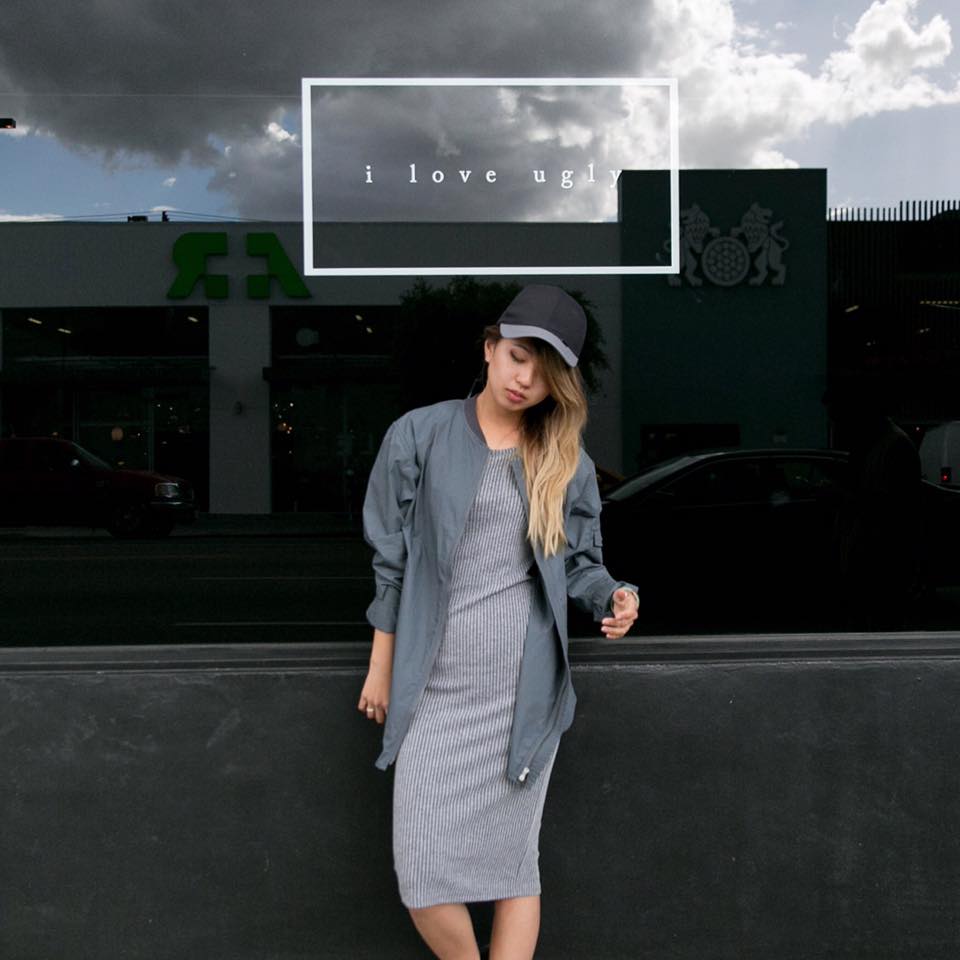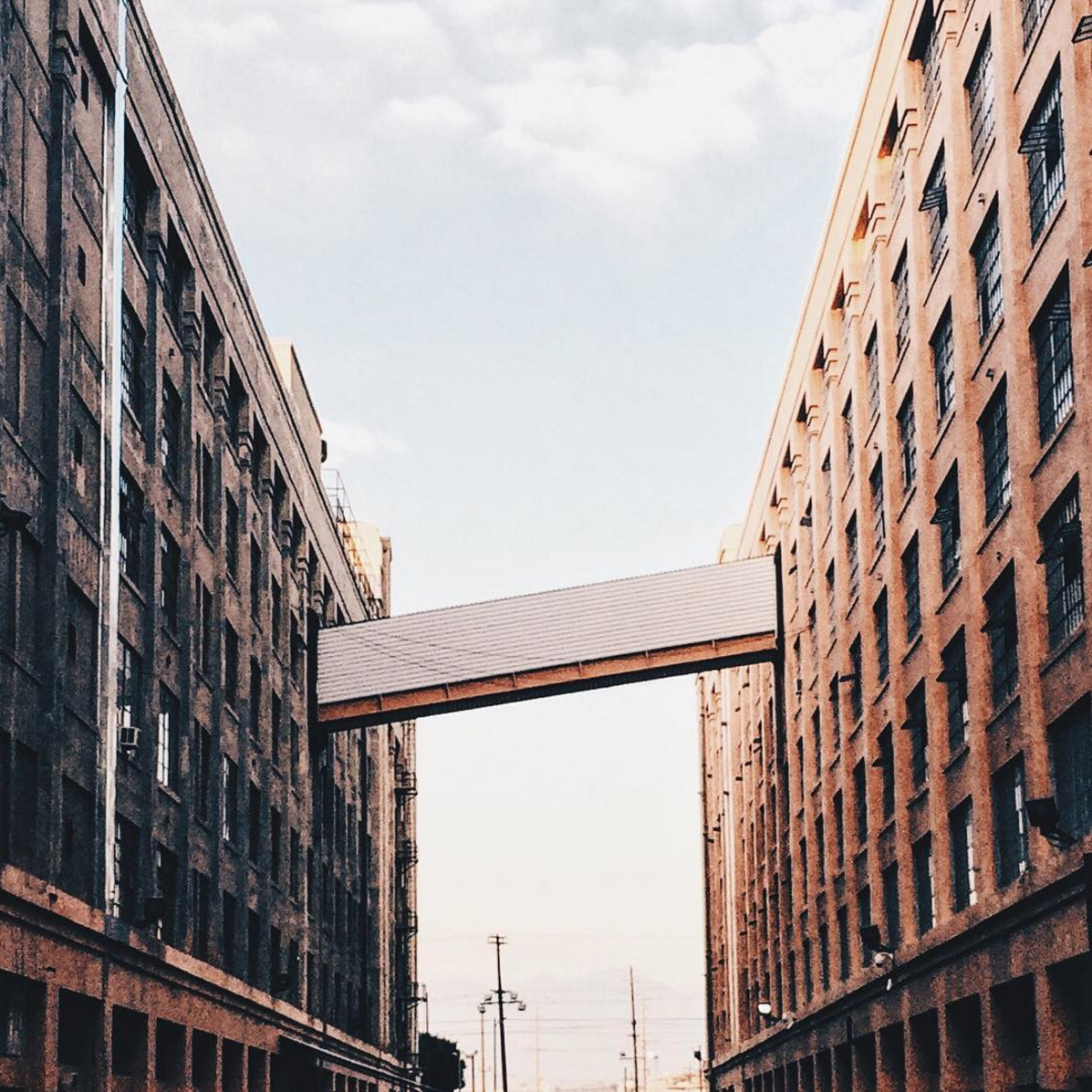It’s a Wednesday night and you’ve just relaxed your tired feet on your ottoman at home after a long day. You peruse through your many social media apps because you, my friend, are savvy and in-the-now (*snap* *snap*). As you’re scrolling through your instagram feed filled with scrumptious foods, products, the self-composed selfies, and the not so self-composed late night outs, you wonder how some of these photos look a little “too” good. You’ve been to that same restaurant at night, ate the same food, took the same photo, but yours looked like it was taken by a potato and this other guy has a magazine worthy image ready for praise on the front page of Eater. Either their iPhone was a gift from the gods or they probably brought a nice camera with them (and possibly props, external lights, or even a backdrop).
You’re probably wondering why someone would go through all that just for a photo of food that most likely got cold waiting for you to capture the aesthetic. You could look at it from two standpoints: That they probably really enjoyed this experience and want to capture it in its glory, or, they value the marketability this shot might have in procuring potential business in the future. Do you reach for your phone or your dslr when you see something “insta-worthy”? If you are still trying to figure out which device is better for you, here are some tips that might help you sort it out!
1. FLAT LAY
In my honest opinion, flat lays are better taken on a phone. If you have optimal natural light, always go for the phone. The flat, lightweight, non-fussy design of the phone with built in grid lines (at least for iPhones) make it an excellent choice when taking aerial shots. DSLRs are clunky, fat, heavy, and hard to position parallel to your subject. Unless you have a fancy structure that can position your camera directly above the flat lay with minimal obstruction to the light source and space, it is probably not the right way to go. There is no need to get hi-def on a flat lay when the main focus is to capture everything with clarity (and we want to make sure we see my cat in all her furball and glory).
2. RESTAURANT DINING
First things first, are you eating lunch and is there natural light filtering through? If not, go for the DSLR or something more than a phone. A good example of a restaurant that you shouldn’t use an iPhone in is Bestia, a hip restaurant nestled in the Arts District of LA. Your light source comes from dim, vintage incandescent bulbs that might set the mood on your Tinder date, but not so much on your image quality. Even so, it is difficult to achieve. In my example photo above, I am shooting at ISO 1600 f/1.4 1/60 sec with WB correction. This is probably the best I could do given my circumstances, especially because I didn’t want to have to whip out a flash and disturb the ambience.
3. FASHION
I think location is the biggest factor here (once optimal lighting is already a given) and what type of look you’re going for. Personally, I would shoot with a phone if the subject is being shot casually or against a flat wall and a DSLR for most other occasions. Flat wall shots are nice, but lack the depth of field you can get with the DSLR that really makes the outfit pop. I like shooting at a wide aperture to make my subject stand out from the background; an effect that is harder to achieve with a phone.
Phones are also more handy when you want to just take a simple photo of your outfit from a POV perspective (a political way of saying “girl, you be takin’ selfies”). Another thing to consider is color. Colors will appear flatter from your phone than if you took the time to take it with a DSLR and post-produce it. You’d have better control over lighting and vibrancy, so overall, the outfit would look more appealing to the viewer.
4. LANDSCAPE/URBANSCAPE
Coffee shop aesthetics, interior inspos, and minimalist architecture are all great with the phone – especially if you are trying to fit things inside of a square format (though it’s not longer required), it is really easy to find your composition by just moving your phone screen until you hit that sweet spot. For majestic mountains, cascading waterfalls, illuminating the milky way, fog rippling through the forest shots, let’s stick to the DSLR. If you are trying to capture eye quality (and sometimes even compensating for our lack of), DSLRs are the way to go. Trying to capture nature in all its glory and beauty with a phone isn’t impossible, but it would be a feat even Ansel Adams would have a challenge completing.
[RELATED: How To Create Lifestyle Photos For Instagram]
More time is spent taking an “insta”-gram than ever before, and if you are someone who takes their feed seriously, these are some tips you can use the next time you are juggling between which device to put your trust in. There are definitely other factors to consider such as the LG G4 which comes with a 16 megapixel camera and a built in f/1.8 lens that also has a manual mode function; attachable phone lenses that can be swapped out in front of your phone camera; and the Light L16 camera that is around the same size as a phone with multiple built in lenses and a whooping 52 megapixel resolution. I actually put my order in for the L16 in 2015 and cannot wait to share it with you guys once it gets shipped in!



















